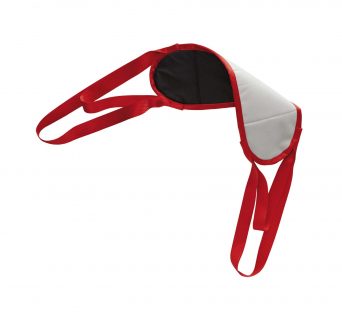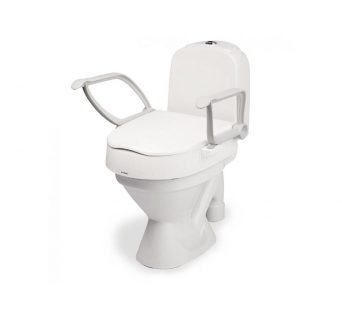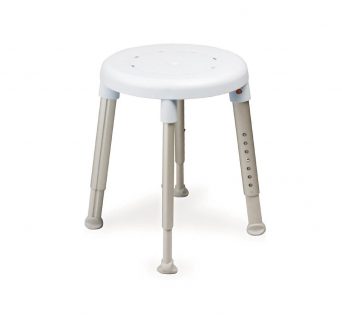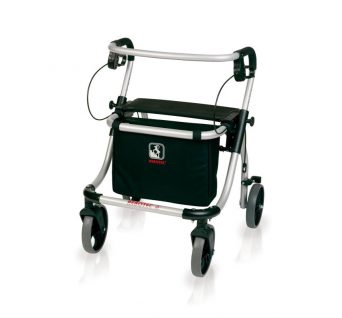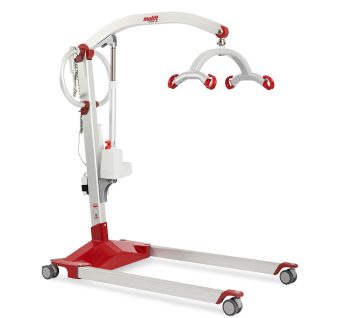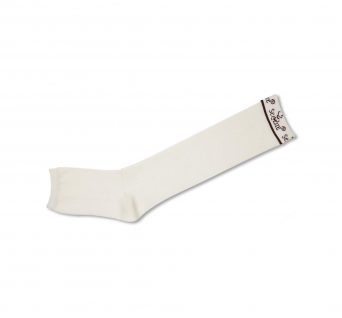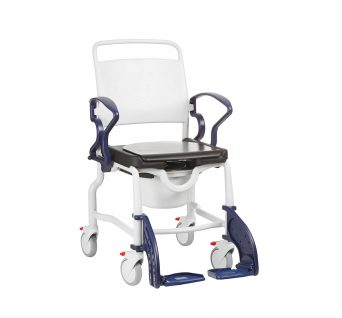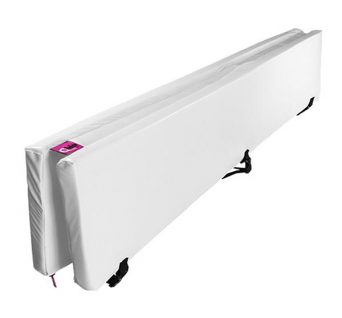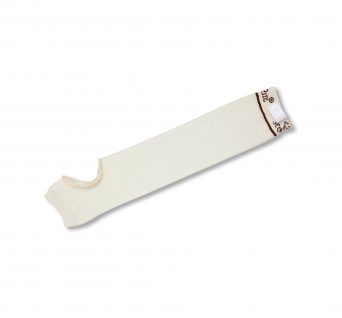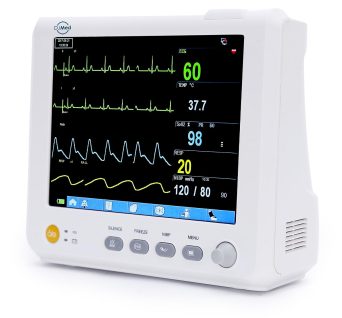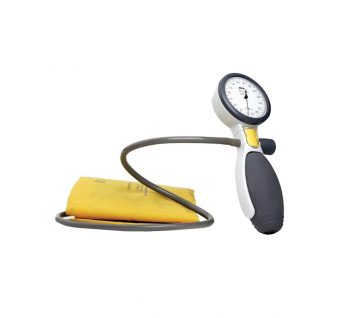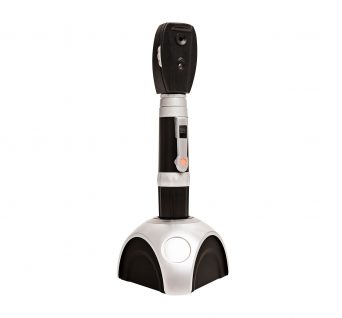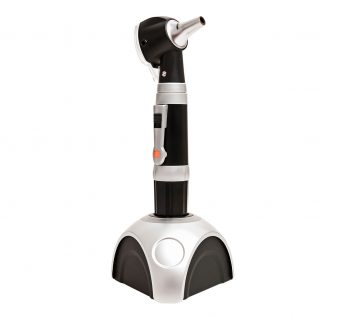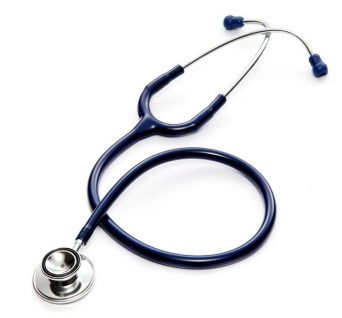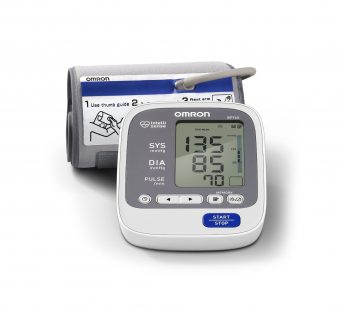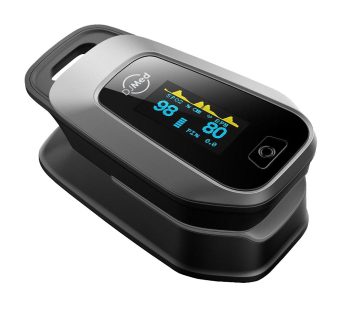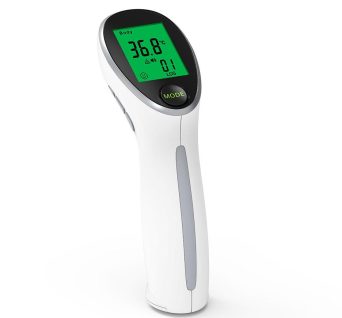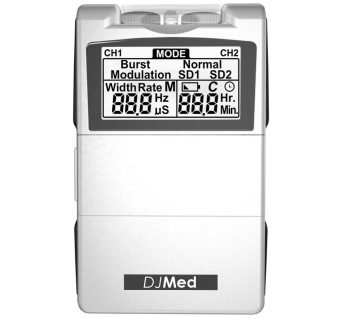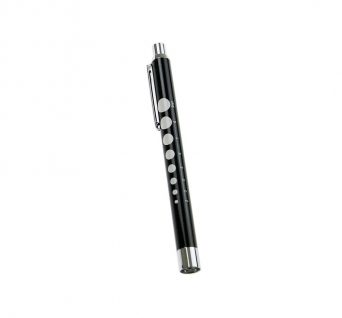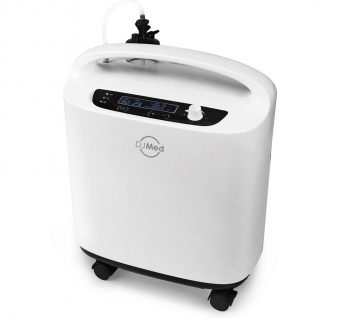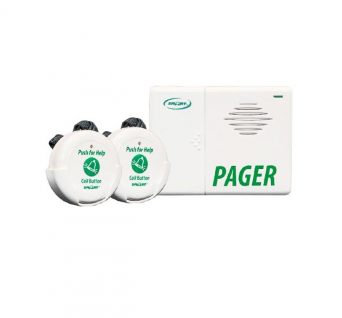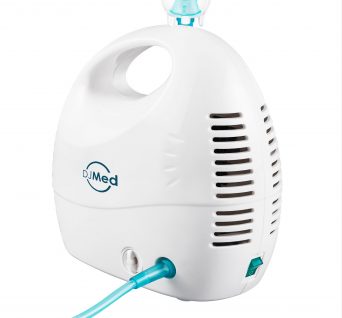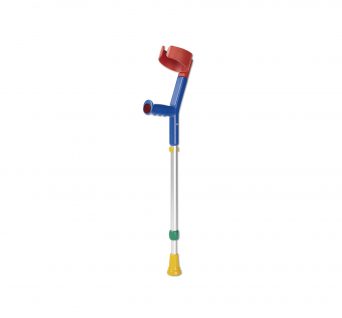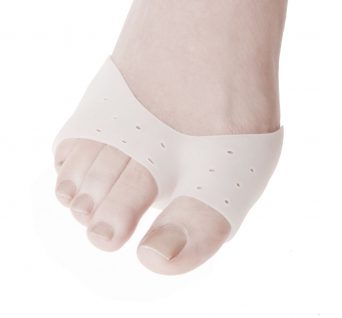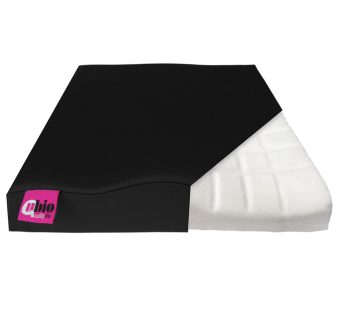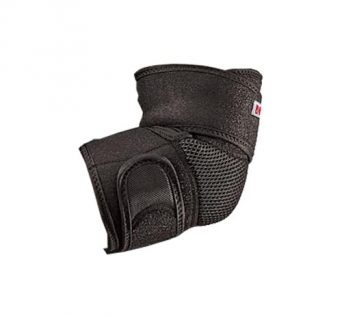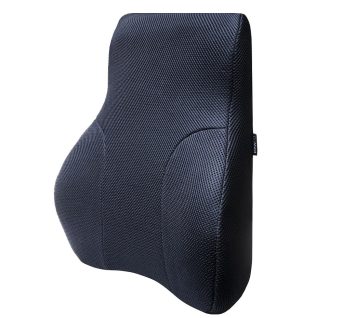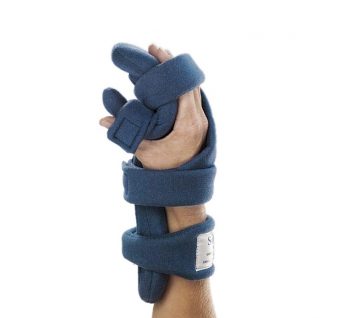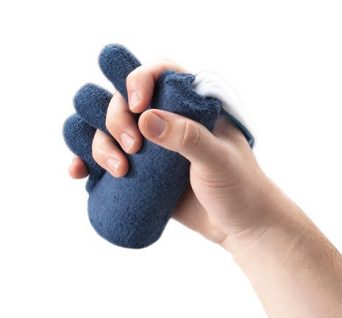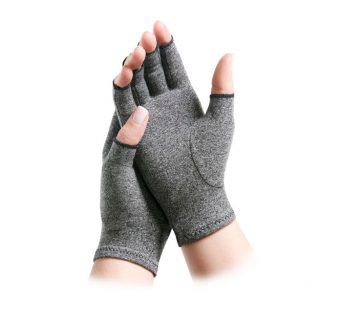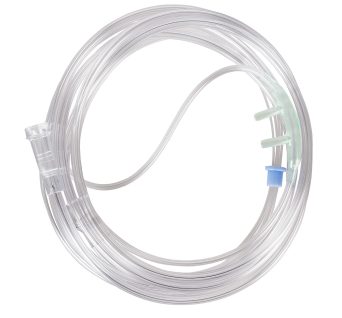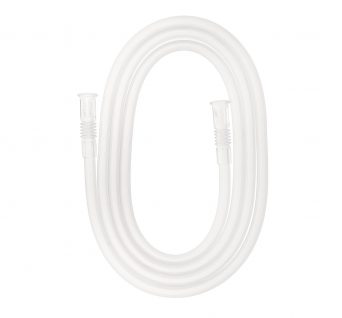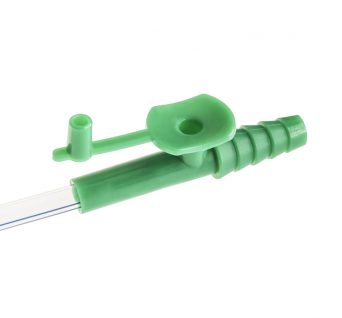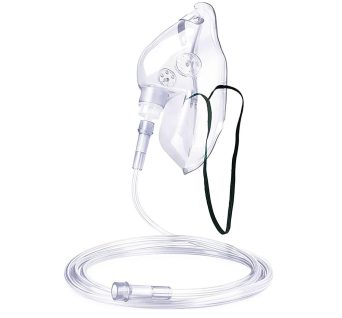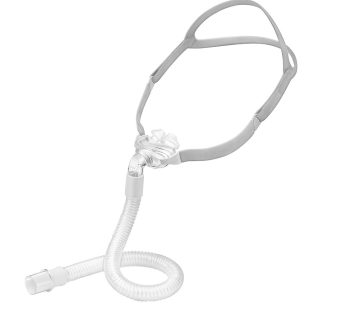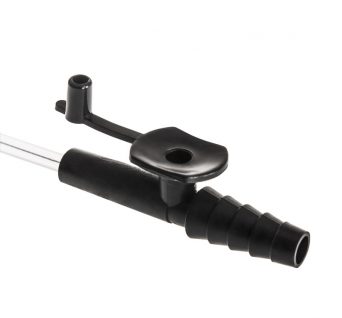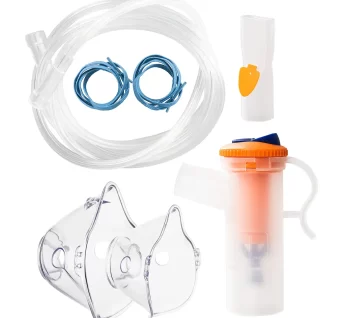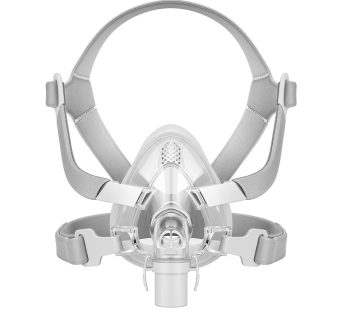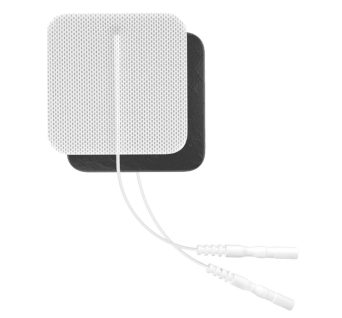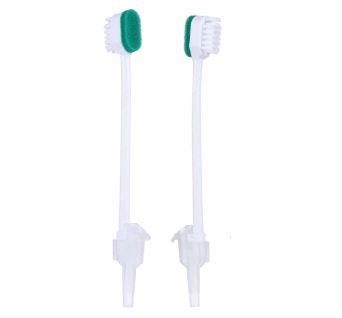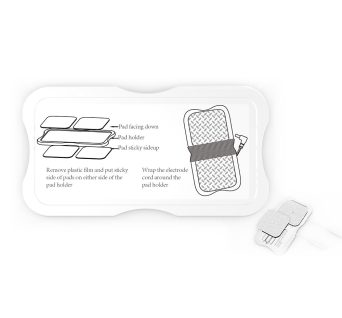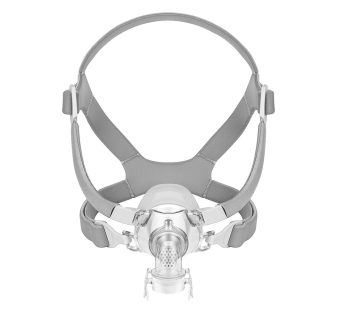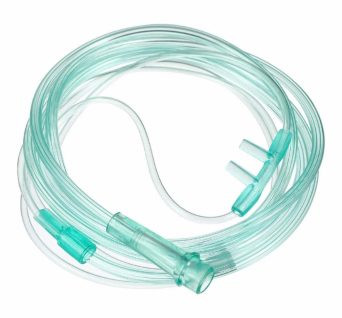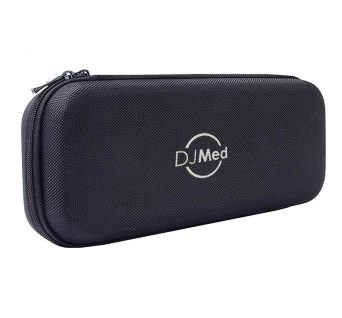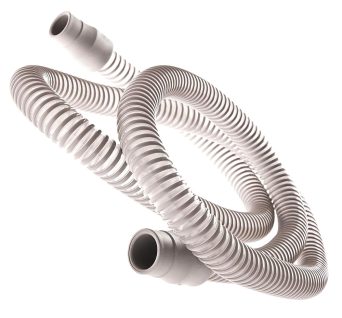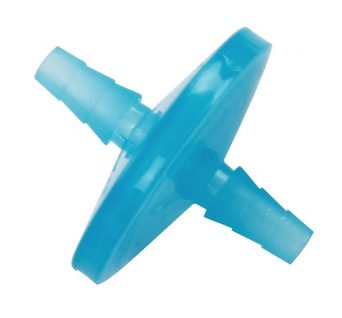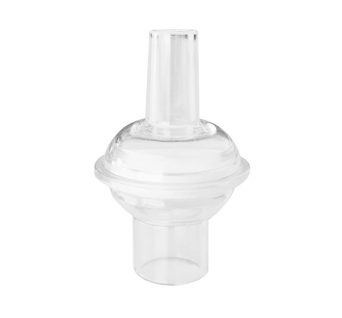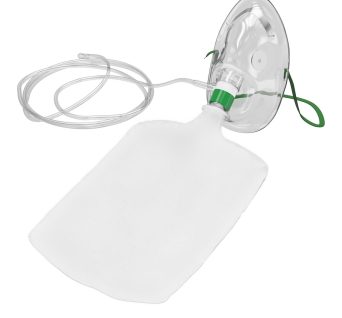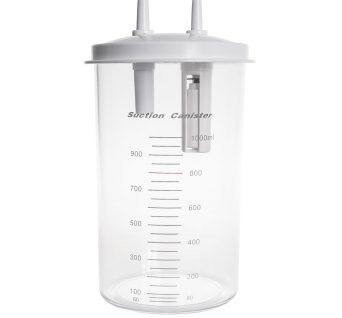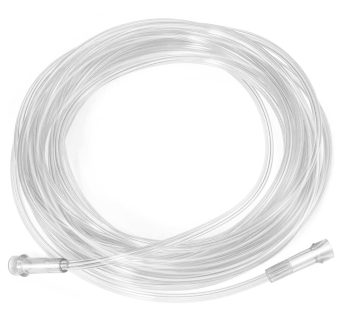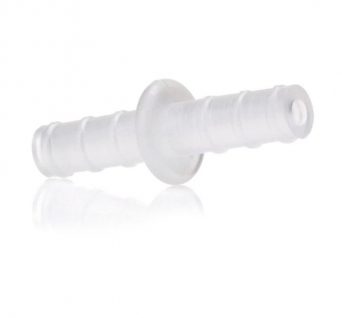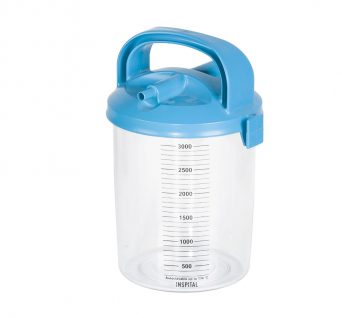No products in the cart.
Medical Device Accessories
Showing 1–30 of 75 resultsSorted by popularity
- Medical Suction Accessories
Adult Yankauer Suction Handle
For use with medical suction units
The Adult Yankauer suction tube is an indispensable part of a first responder’s tool-kit and a staple among hospital units.
It is used as an oral suctioning tool in medical procedures. It attaches directly to a pump and is ideal for first responders, first-aid environments and minor surgeries.
The firm plastic suction tip is disposable and features a large opening surrounded by a bulbous head.
SKU: 811030 - AN170002 - Oxygen Therapy Consumables & Accessories
Oxygen Nasal Cannula, Adult Size
Super soft, flexible nasal prong inserts for added patient comfort. Kink resistant star lumen tubing
Nasal Oxygen Cannulas are made from non-toxic medical grade PVC and are designed to simplify oxygen administration and
are super soft and flexible to maximise patient comfort.For superior performance and patient satisfaction, choose our Nasal Oxygen Cannula with 2.1m clear tubing. It combines comfort, durability, and functionality to support effective oxygen therapy.
SKU: AN070002NS - Nebuliser Accessories
Nebuliser Mask, Adult
Designed to deliver medication in the form of a fine mist, or aerosol, directly to the lungs connected to compressor nebuliser.
The mask is connected to the air compressor, via the nebulizer bowl, by 2 meters of clear latex-free tubing attached with a swivel connection which permits some patient movement. This is typically used for patients with respiratory conditions such as asthma, COPD, bronchitis, or other respiratory infections that require direct lung treatment.
SKU: AN081001NS - Oxygen Therapy Consumables & Accessories
Oxygen Mask With Tubing
With elastic straps, adjustable aluminum nose clip to ensure secure and comfortable fit. Made latex free from medical grade PVC.
For delivering effective aerosol and oxygen therapy, the Adult-sized oxygen mask with Tubing allows for needed medications, oxygen, or even humidity to be placed in a patient’s respiratory tract and lungs.
Perfect for hospitals, clinics, and home care. Ensure optimal oxygen delivery with a mask that prioritizes patient comfort and clinical effectiveness. Order now to stock up on this essential medical supply!
SKU: AN061003NS X - CPAP Masks
DJMed Nasal Pillow CPAP Mask
Type 1 nasal pillows mask comes complete with a frame, a selection of nasal pillows, and adjustable elastic headgear
Pillow masks provide a seal around each nostril with minimum contact to the face.
Nasal pillows CPAP masks are small, compact and lightweight. They’re good for people who toss and turn in their sleep or who feel claustrophobic with a larger sleep apnea mask. Also, if you have a beard or moustache, this could be a good choice. You can easily read or watch TV while wearing a nasal pillows mask, even with glasses on.
Nasal pillow CPAP mask can be used with any brand of CPAP (APAP, Fixed Pressure CPAP or BiPAP) machine except for the certain travel CPAP machines. Compatible mask for all CPAP machines that attaches to the machine via 22mm hose connector.
SKU: 211217 - Nebuliser Accessories
Nebuliser Bowl Kit
Nebuliser kit with masks, nebuliser bottle and tubbing.
An accessory set, which includes masks, bottles and tubings for those patients undergoing nebuliser therapy at home. It comes in with two sizes for the mask, one for adult use and another for pediatric use.
Masks are adjustable to provide for a perfect fit for the user.
SKU: 911021 - CPAP Masks
DJMed Full Face CPAP Mask
DJMed Type 2, full face CPAP mask let you breathe with your mouth open while you sleep
Full face CPAP masks cover your mouth and nose. They’re often recommended for people who need a higher pressure as well as those who prefer to breathe through their mouth and/or have trouble breathing through their nose. If you like to sleep on your back, this could be the sleep apnea mask for you.
DJMed CPAP Masks can be used with any brand of CPAP (APAP, Fixed Pressure CPAP or BiPAP) machine except for the certain travel CPAP machines. Compatible mask for all CPAP machines that attaches to the machine via 22mm hose connector.
SKU: n/a - Oxygen Therapy Consumables & Accessories
Nasal Oxygen Cannula Ear Cushions
Tube cushions are soft, closed-cell foam cushions that slide over the head or face tube of an oxygen cannula
This will provide a cushion to reduce chafing or pressure on the ear area. It is Latex-free. Sold as a pair (2pcs)
SKU: 1016-0 - TENS & EMS Accessories
TENS Electrode Pads, Square, 50x50mm, White
Self-adhesive, re-usable, long Life, 50×50 mm, 2mm plug, 10pcs pads included
Reusable electrodes with white super soft cotton (allow attachment to skin smoothly) backing and premium adhesive gel.
Popular size, bio-compatible, long life dry out Resisting, durable, comfortable pads that gently adhere to your skin. Perfect for TENS and EMS.
SKU: 300501 - TENS & EMS Accessories
TENS Electrode Pads, Square, 50x50mm, Black
Self-adhesive, re-usable, long Life, 50×50 mm, 2mm plug, 10pcs pads included
Reusable electrodes with black super soft cotton (allow attachment to skin smoothly) backing and premium adhesive gel.
Popular size, bio-compatible, long life dry out Resisting, durable, comfortable pads that gently adhere to your skin. Perfect for TENS and EMS.
SKU: 300502 - CPAP Masks
DJMed Nasal CPAP Mask
DJMed Type 3, nasal CPAP mask is ideal if you breathe through your nose while you sleep
Nasal CPAP masks cover your nose from the bridge to the area at the top of your lip. They deliver an indirect airflow and are a good choice if you need higher pressure. If you’re a restless sleeper you may prefer this type of sleep apnea mask.
DJMed CPAP Masks can be used with any brand of CPAP (APAP, Fixed Pressure CPAP or BiPAP) machine except for the certain travel CPAP machines. Compatible mask for all CPAP machines that attaches to the machine via 22mm hose connector.
SKU: n/a - Oxygen Therapy Consumables & Accessories
6m Adult Nasal Cannula, Kink Resistant
High flow, kink resistant with convenient, extra long 6m tubbing oxygen nasal cannula.
The 6m Adult Nasal Cannula features soft, non-irritating nasal prongs for patient comfort. It is kink resistant and has a convenient extra-long 6m tubing for added flexibility and comfort.
The soft latex-free material is gentle on the skin and helps reduce irritation and soreness. Most importantly, this cannula has a high delivery rate and is designed for a large range of oxygen
SKU: 850108 - Medical Bags & Pouches, Stethoscope Accessories
EVA Stethoscope Case
Tough and lightweight EVA construction, with interior mesh pocket for additional ancillary storage
Protective shell case combines polyester fabric and an EVA hard shell for a lightweight stethoscope holder that will provide you with a simple way to keep your stethoscope safe and features a soft and shockproof layer for more protection.
Full length, 39cm case designed to extend the life of your stethoscope tubing.
SKU: 506010 - CPAP Supplies
Classic CPAP Hose Tubing
Standard 19mm tubing with 22mm connection
Flexible CPAP tubing has the industry standard 22mm connection and a standard length of 1.8cm (6′), making it compatible with almost all equipment. The flexible and light tube reduces the pull on your mask so you can sleep comfortably.
SKU: 211310 - Oxygen Therapy Consumables & Accessories
Non Rebreather Oxygen Mask, Adult
Non rebreather oxygen mask with reservoir bag and tubing
A non-rebreathing oxygen mask is a medical device used to deliver high concentrations of oxygen to patients who require respiratory support.
The mask is elongated in shape and provides higher concentration of oxygen than is able to be provided with a standard face mask or nasal prongs & cannula.
SKU: AN062003NS - Oxygen Therapy Consumables & Accessories
4m Oxygen Tubing Extension
Extended length (4 meters), kink-resistant design, universal fit, soft and flexible.
4-meter Oxygen Tubing Extension is designed to provide patients with maximum mobility, safety, and comfort during oxygen therapy. Made from high-quality medical-grade PVC, this extension tube ensures uninterrupted oxygen flow from your oxygen source to your nasal cannula or mask.
SKU: AN130004NS
Clinic Products
In Australia, medical devices are regulated by the Therapeutic Goods Administration (TGA), which is a division of the Australian Government Department of Health. The TGA oversees the registration, manufacturing, importation, and post-market surveillance of medical devices to ensure their safety and effectiveness.
Medical devices in Australia are categorized into different classes based on their risk and intended use. The classification system is similar to the one used in Europe (CE marking) and is aligned with the Global Harmonization Task Force (GHTF) principles. The main device classes in Australia are:
Class I: Low-risk devices, such as bandages, dental instruments, and non-invasive diagnostic equipment. Class IIa: Medium-risk devices, including some diagnostic devices and equipment like hearing aids. Class IIb: Medium- to high-risk devices, including more complex diagnostic devices and some surgical instruments. Class III: High-risk devices, such as implantable medical devices, life-supporting equipment, and certain active implantable devices.
Active Implantable Medical Devices (AIMDs): These are a specific category of high-risk devices, including items like pacemakers and implantable defibrillators.
What consumer Medical Device are avaliabe?
Consumer medical devices encompass a wide range of products designed for personal use or use by non-healthcare professionals to monitor, manage, or improve health and well-being. These devices are typically user-friendly, portable, and may connect to smartphones or other digital platforms for data tracking and analysis. Here are some common categories of consumer medical devices:
Wearable Fitness and Activity Trackers: These devices, such as Fitbit, Apple Watch, and Garmin fitness trackers, monitor physical activity, heart rate, sleep patterns, and other health-related metrics. They help individuals track their fitness goals and overall well-being. Blood Pressure Monitors: Consumer blood pressure monitors allow individuals to measure and track their blood pressure at home. They are essential for people with hypertension or those monitoring their cardiovascular health. Blood Glucose Monitors: These devices, often used by individuals with diabetes, measure blood glucose levels. They help patients manage their blood sugar and make informed decisions about insulin dosage and diet. Thermometers: Digital thermometers are used to measure body temperature and are especially important for monitoring fevers and illnesses. Pulse Oximeters: Pulse oximeters measure oxygen saturation levels in the blood and heart rate. They are widely used for home monitoring, especially by people with respiratory conditions like asthma or COPD. Smart Scales: These scales not only measure body weight but also provide additional information such as body fat percentage, muscle mass, and bone density. They are valuable for tracking changes in body composition. Smart Inhalers: Designed for individuals with asthma or chronic obstructive pulmonary disease (COPD), smart inhalers track inhaler usage and provide reminders for medication doses. Sleep Monitors: Devices like sleep trackers and wearable sleep monitors assess sleep quality and patterns. They help users understand their sleep habits and make adjustments for better rest. Personal ECG Monitors: Portable electrocardiogram (ECG or EKG) devices enable users to record and analyze their heart’s electrical activity. They are often used to detect irregularities like arrhythmias. Pain Relief Devices: These include devices like TENS (Transcutaneous Electrical Nerve Stimulation) units and laser therapy devices for managing pain. Home Health Test Kits: Various test kits are available for monitoring specific health parameters, such as cholesterol levels, kidney function, and more.
Consumer medical devices offer individuals greater control over their health and can facilitate early detection and management of certain health conditions. However, it’s essential for users to use these devices as directed and consult with healthcare professionals for accurate interpretation and guidance based on the device readings. Additionally, the accuracy and reliability of consumer medical devices can vary, so selecting reputable brands and products is crucial.
What professional Medical Device are available?
Professional medical devices are specialized instruments and equipment used by healthcare professionals, including doctors, nurses, surgeons, and other medical practitioners, in clinical settings for various diagnostic, therapeutic, and monitoring purposes. These devices are typically more complex and sophisticated than consumer-grade medical devices and are designed to meet the specific needs of healthcare providers. Here are some categories of professional medical devices:
Imaging Equipment: X-ray Machines: Used for producing diagnostic images of internal structures. Magnetic Resonance Imaging (MRI): Provides detailed images of soft tissues. Computed Tomography (CT) Scanners: Offers cross-sectional images of the body. Ultrasound Machines: Utilizes sound waves for imaging and diagnostics. Fluoroscopy Machines: Provides real-time X-ray images during procedures.
Surgical Instruments and Tools: Surgical Scissors, Forceps, and Needle Holders: Used in various surgical procedures. Electrocautery and Laser Devices: Used for cutting or coagulating tissue during surgery. Endoscopes: Instruments for minimally invasive surgeries and diagnostics. Robotic Surgical Systems: Assist surgeons in performing precise procedures.
Diagnostic Equipment: Clinical Laboratory Analyzers: Machines for analyzing blood, urine, and other specimens. Electrocardiography (ECG) Machines: Record the electrical activity of the heart. Spirometers: Measure lung function and airflow. Blood Gas Analyzers: Assess blood oxygen and carbon dioxide levels. Ophthalmoscopes and Otoscopes: Examine the eyes and ears, respectively.
Patient Monitoring Devices: Patient Monitors: Track vital signs like heart rate, blood pressure, and oxygen saturation. Pulse Oximeters: Monitor blood oxygen levels continuously. Electroencephalography (EEG) Machines: Record brain activity. Holter Monitors: Record continuous ECG data for extended periods.
Life Support Equipment: Ventilators: Assist patients with breathing. Infusion Pumps: Administer controlled amounts of medications and fluids. Extracorporeal Membrane Oxygenation (ECMO) Machines: Provide cardiac and respiratory support for critically ill patients.
Anesthesia Machines and Monitoring: Anesthesia Machines: Administer gases and medications during surgery. Capnography Monitors: Measure exhaled carbon dioxide to assess ventilation.
Laboratory Equipment: Microscopes: Used for examining cells and tissues. Centrifuges: Separate substances based on density. Incubators: Create controlled environments for cell and bacterial cultures.
These are just a few examples of the extensive range of professional medical devices used in healthcare settings. Healthcare professionals rely on these devices to diagnose, treat, and monitor patients effectively, and they play a critical role in modern medical practice. Regulations and standards ensure the safety, efficacy, and quality of these devices, and they are subject to strict quality control and testing processes.
